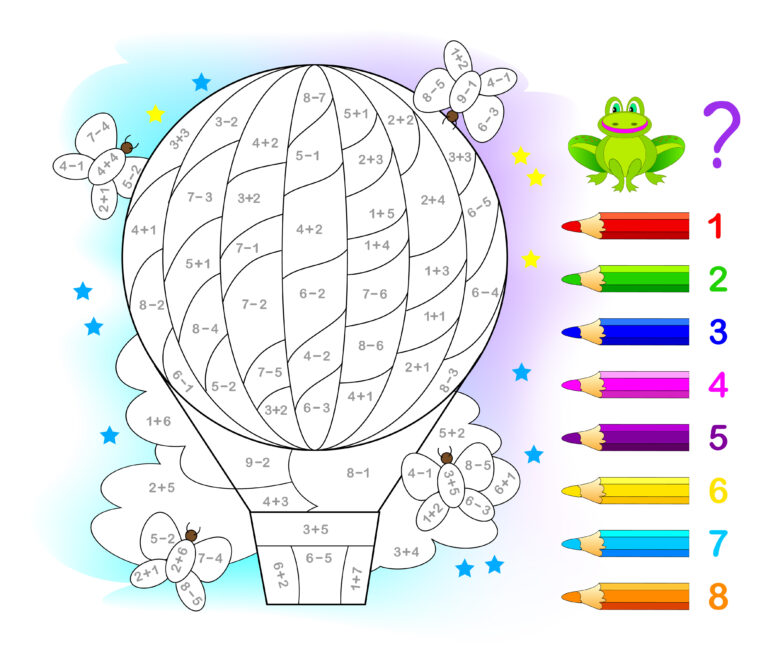Alzheimer’s disease is a progressive brain disorder that affects millions of people worldwide. It is the most common form of dementia, which is a general term for memory loss and other cognitive abilities that are severe enough to interfere with daily life. One of the symptoms of Alzheimer’s disease is changes in behavior, which can include the use of gestures.
Gestures are defined as nonverbal movements or signals made with parts of the body, such as hands, arms, and facial expressions. They are an important part of communication, allowing us to express our thoughts and feelings without words. However, in Alzheimer’s disease patients, the use of gestures can become impaired and can even serve as an early warning sign of the disease.
How Alzheimer’s Disease Affects Gestures
As Alzheimer’s disease progresses, it affects different parts of the brain, including those responsible for language and motor function. This can lead to changes in how patients use gestures to communicate. In the early stages of the disease, patients may begin to rely more on gestures as they struggle to find the right words to express themselves. They may also use gestures to compensate for memory loss, using them to help them remember things or convey their needs.
However, as the disease progresses, patients may become less able to use gestures effectively. They may exhibit impulsive or repetitive gestures, such as tapping or clapping, which can be frustrating for caregivers and loved ones. As the disease further affects the brain, patients may lose the ability to use gestures altogether.
The Role of Gestures in Communication
Communication is a fundamental human need and is essential for maintaining relationships and participating in everyday activities. As Alzheimer’s disease advances, patients may have difficulty expressing themselves verbally, leading to frustration and isolation. In these cases, gestures can play a vital role in communication.
For example, a simple gesture like pointing can be used to indicate a desired object or direction. A nod or a smile can convey understanding or agreement, while a frown or shake of the head can communicate disapproval. In the later stages of the disease, when verbal communication becomes challenging, gestures can still be used for basic needs such as indicating hunger or discomfort.
The Importance of Understanding and Encouraging Gestures
It is essential for caregivers and loved ones to understand and encourage the use of gestures in Alzheimer’s disease patients. By paying attention to nonverbal cues, caregivers can better understand the needs and emotions of their loved ones. This can help reduce frustration and improve the quality of care provided.
Encouraging the use of gestures can also enhance the patient’s sense of self-worth and independence. As Alzheimer’s disease progresses, patients may feel a loss of control over their lives. By allowing them to use gestures to communicate, caregivers can help them maintain a sense of agency and dignity.
Strategies for Supporting Gesture Use
There are several strategies that caregivers and loved ones can use to support gesture use in Alzheimer’s disease patients. These include:
1. Pay Attention: Be mindful of nonverbal cues and gestures, as they can provide valuable insight into the patient’s needs and emotions.
2. Use Visual Aids: Visual aids such as pictures, drawings, or objects can help patients understand and convey their needs through gestures.
3. Encourage Imitation: Patients may have difficulty finding the right words, but they may be able to imitate gestures shown to them.
4. Be Patient: It is important to be patient with patients who have difficulty communicating. Allow them time to express themselves through gestures and avoid correcting or interrupting them.
5. Provide Nonverbal Cues: Patients may find it easier to follow nonverbal cues rather than verbal instructions. For example, instead of saying “Sit down,” gently guide their hand to a chair.
6. Use Positive Reinforcement: Praise and positive reinforcement can encourage patients to continue using gestures as a means of communication.
Final Thoughts
In conclusion, the use of gestures in Alzheimer’s disease patients can start out as a helpful tool for communication but can become impaired as the disease progresses. Caregivers and loved ones play a crucial role in supporting and encouraging gesture use, which can improve the overall well-being and quality of life for patients. By understanding the importance of gestures and implementing strategies to support their use, caregivers can provide better care for their loved ones with Alzheimer’s disease.





